Navigation
Tech Computers and Accessories
The Scuba Doctor has a great range of quality dive computer solutions for technical and rebreather divers.
Decompression Algorithms: ZHL-16C, VPM-B, DCAP, DCIEM, VVAL-18M... Does It Really Matter?
At the risk of annoying those who do have a preference for a specific decompression algorithm, the simple answer for most divers is NO the algorithm is not critical. There is no expert consensus that any one of the current crop of decompression algorithms is better than another. All of these algorithms used in dive computers and desktop table generation software, when set to their default conservancy values, will get you out of the water with an acceptable margin of safety. What we can say for sure is they are all imperfect representations of actual decompression in humans.
Numerous variants of ZHL-16C are very widely implemented in both sport and technical dive computers. For technical diving, versions of ZHL-16C that include user configurable Gradient Factor modifications are very popular because the GF values can be 'tuned' to provide different types of profiles for specific types of diving. VPM-B dive profiles typically have deeper initial stops, along with reduced time at shallow depths resulting in a 'smoother' profile although recent research calls into question the benefits of 'deep stops' especially for lengthy VPM-B profiles. DCAP was developed for use by early extended range divers (today we call them 'technical divers'.) VVAL-18M is the basis for the modern US Navy Tables. DCIEM has been extensively tested by the Canadian military to ensure its applicability to cold water working divers. RGBM (basis for NAUI tables with its roots in VPM) and DSAT (basis for PADI tables) are most often seen in no stop required sport diving applications. Recently, the RGBM model has been called in to question by a legal action, but it's not clear if the issue is with the algorithm itself or a specific dive computers' implementation, as most experts consider the RGBM model to be very conservative especially on repetitive dives.
The practices of decompression are not exact, in many ways as much about skill as science. Much of what we do in decompression diving is based on empirical observation and experience, rather than having a basis in theoretical science. Dr. R W (Bill) Hamilton, the late co-developer of DCAP and whose research in decompression is widely acknowledged as having a key role in opening up recreational extreme exposure diving in the early 90s, was fond of the saying 'what works, works'. The most important safety factor is not the decompression algorithm you select, rather your skill as a diver and that you closely follow the recommendations of that algorithm and safe diving practices in general. Also, best practice when diving as a team is that all divers should use the same algorithm in order to remain together as a team during ascent phase of the dive plan.
Will O the Wisp
![]() Wreck Dive |
Wreck Dive | ![]() Boat access
Boat access
![]()
![]()
![]()
![]()
Wooden Schooner | Max Depth: 3 m (9.84 ft)
Historic shipwreck protected zone. Permit Required.
For more details please see vic-shipwreck-protection-zones.
Do not dive near the Will O The Wisp without a permit. The shipwreck lies in a 50 metre radius protection zone. If you enter this zone severe penalties apply. Stay clear!
Level: Open Water and beyond.
The Will O The Wisp shipwreck lies in only two to three metres of water, on the eastern side of William Sand, West Channel, Port Phillip.
Diving and Snorkelling the Will O The Wisp Shipwreck
There is good potential for access to the snorkelling and diving public to interpret the site. The wreck is substantially intact, and stands above the seabed, with many artefacts still visible in situ.
The site of the Will O The Wisp is a historic shipwreck protected zone with a 50 metre radius from:
Latitude: 38° 14.490′ S (38.241498° S / 38° 14′ 29.39″ S)
Longitude: 144° 42.070′ E (144.701159° E / 144° 42′ 4.17″ E)
.
A permit from Heritage Victoria is required to dive the Will O The Wisp. Anchoring is prohibited.
Will O The Wisp Shipwreck History — Built in 1840
The Will O' The Wisp was an armed wooden clipper schooner of 101 tons, built in 1840, at Liverpool, England especially for the opium trade, which it entered in 1842. The vessel had a length of 76 ft (23 m), a beam of 18 ft (5.49 m), and a depth of 10.5 ft (3.2 m).
As steamers displaced fast sailing vessels it went into the Pacific-Honolulu trade. In 1852-53 it engaged in intercolonial trading between New Zealand, Launceston and Melbourne during the Gold Rush.
Will O The Wisp Sinking — 8 October 1853
On its final voyage, the Will O The Wisp left Auckland, New Zealand, with a cargo of timber, bricks, potatoes and sundries bound for Melbourne under the command of its owner Captain R. Highat. The vessel had successfully entered The Heads and was beating up the West Channel but was unable to work off the Williams Sands on the east side of the channel, and went ashore of opposite Swan Point on 8 October 1853.The captain and the crew were rescued and taken to Melbourne aboard the Wanderer the following day. The master was also the owner of the ship and its cargo.
See also, Heritage Council Victoria: Will O the Wisp, and
Australian National Shipwreck Database: Will O the Wisp.
Heritage Warning: Any shipwreck or shipwreck relic that is 75 years or older is protected by legislation. Other items of maritime heritage 75 years or older are also protected by legislation. Activities such as digging for bottles, coins or other artefacts that involve the disturbance of archaeological sites may be in breach of the legislation, and penalties may apply. The legislation requires the mandatory reporting to Heritage Victoria as soon as practicable of any archaeological site that is identified. See Maritime heritage. Anyone with information about looting or stolen artefacts should call Heritage Victoria on (03) 7022 6390, or send an email to heritage.victoria@delwp.vic.gov.au.
Traditional Owners — This dive site is in the traditional Country of the Wathaurong (Wadda-Warrung) people of the Kulin Nation. This truly ancient Country includes the coastline of Port Phillip, from the Werribee River in the north-east, the Bellarine Peninsula, and down to Cape Otway in the south-west. We wish to acknowledge the Wathaurong as Traditional Owners. We pay respect to their Ancestors and their Elders, past, present and emerging. We acknowledge Bunjil the Creator Spirit of this beautiful land, who travels as an eagle, and Waarn, who protects the waterways and travels as a crow, and thank them for continuing to watch over this Country today and beyond.
Will O the Wisp Location Map
Latitude: 38° 14.490′ S (38.241498° S / 38° 14′ 29.39″ S)
Longitude: 144° 42.070′ E (144.701159° E / 144° 42′ 4.17″ E)
Datum: WGS84 |
Google Map
Added: 2012-07-22 09:00:00 GMT, Last updated: 2022-05-09 00:11:29 GMT
Source: Victorian Government GPS (verified)
Nearest Neighbour: J3 Swan Island Submarine, 328 m, bearing 149°, SSE
Historic shipwreck protected zone.
Permit Required.
Wooden Schooner.
Built: Liverpool, England, 1840.
Sunk: 8 October 1853.
West Channel, Port Phillip.
Depth: 3 m.
[ Top ]
DISCLAIMER: No claim is made by The Scuba Doctor as to the accuracy of the dive site coordinates listed here. Should anyone decide to use these GPS marks to locate and dive on a site, they do so entirely at their own risk. Always verify against other sources.
The marks come from numerous sources including commercial operators, independent dive clubs, reference works, and active divers. Some are known to be accurate, while others may not be. Some GPS marks may even have come from maps using the AGD66 datum, and thus may need be converted to the WGS84 datum. To distinguish between the possible accuracy of the dive site marks, we've tried to give each mark a source of GPS, Google Earth, or unknown.



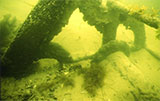
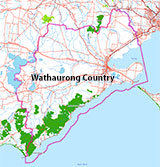
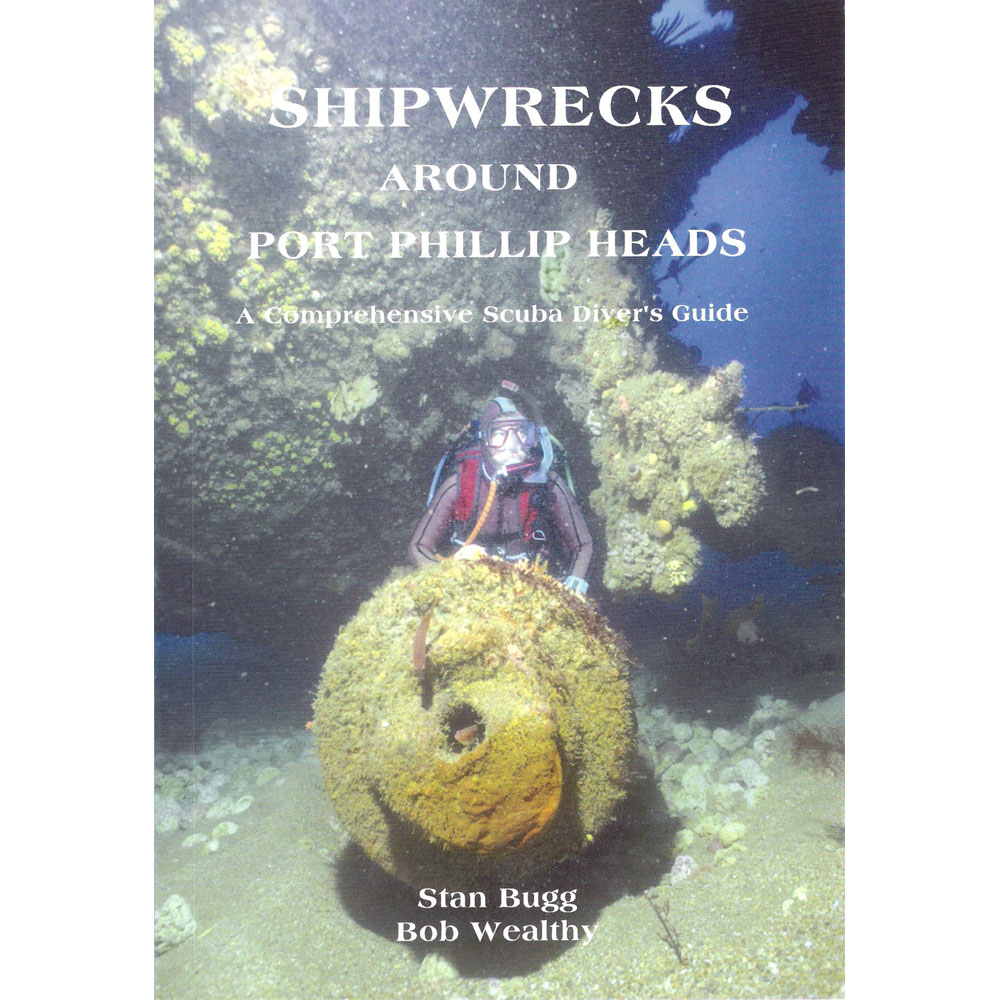
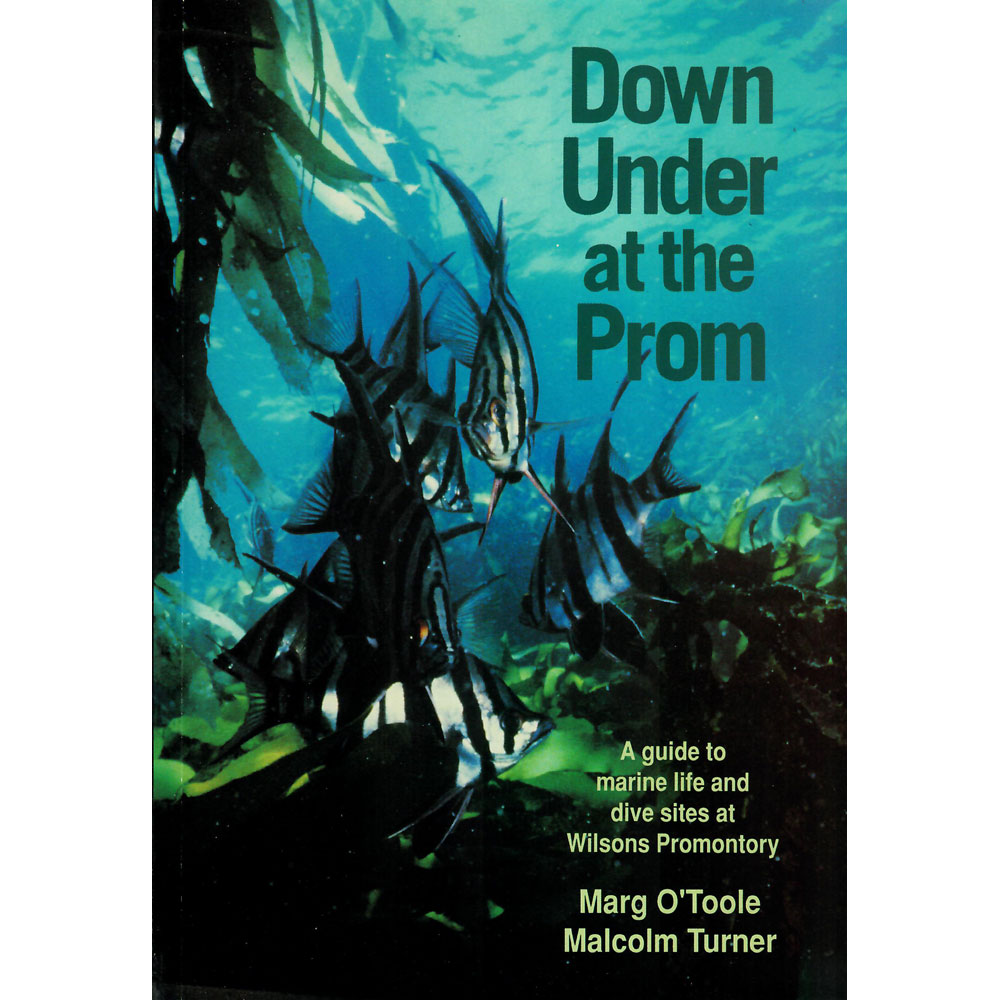
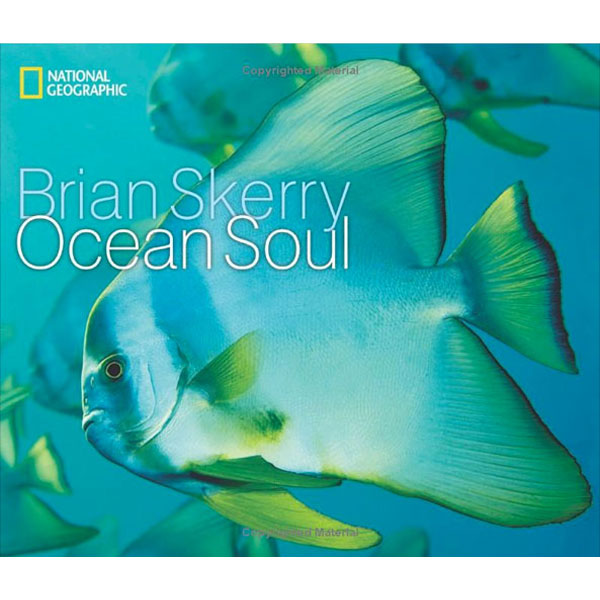
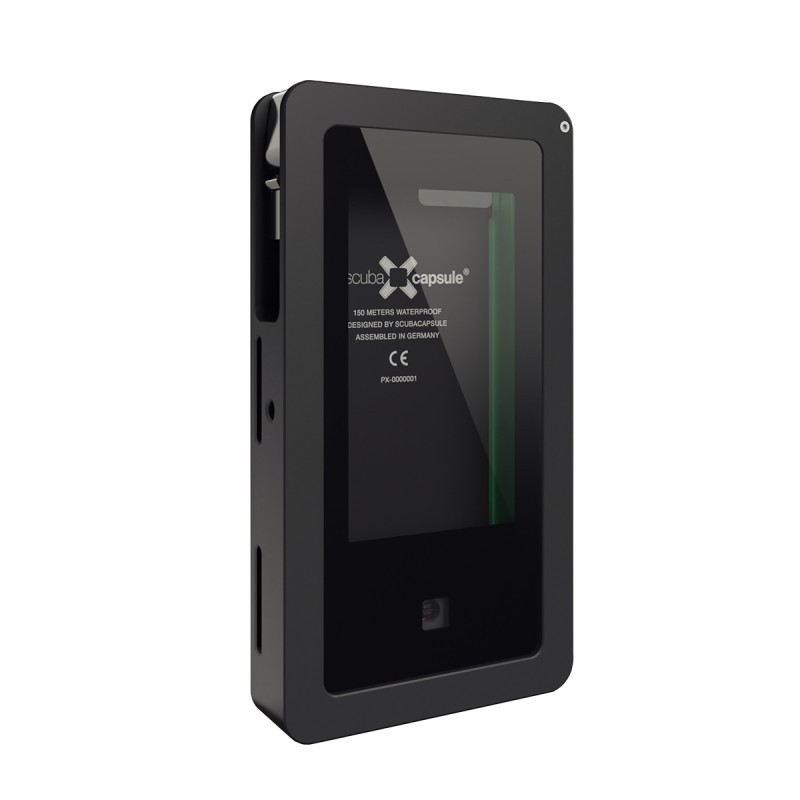
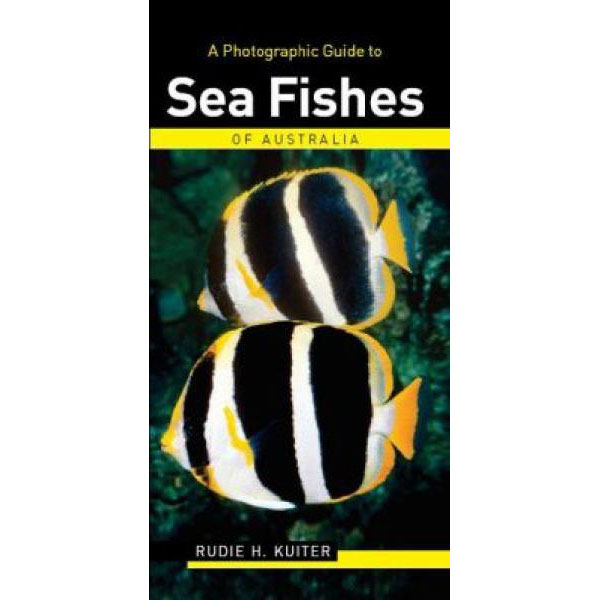
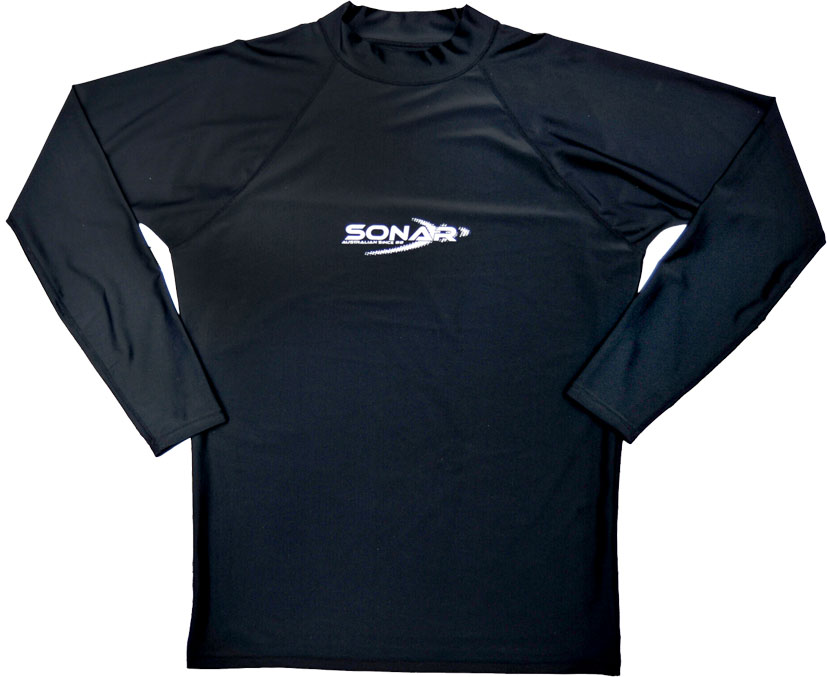
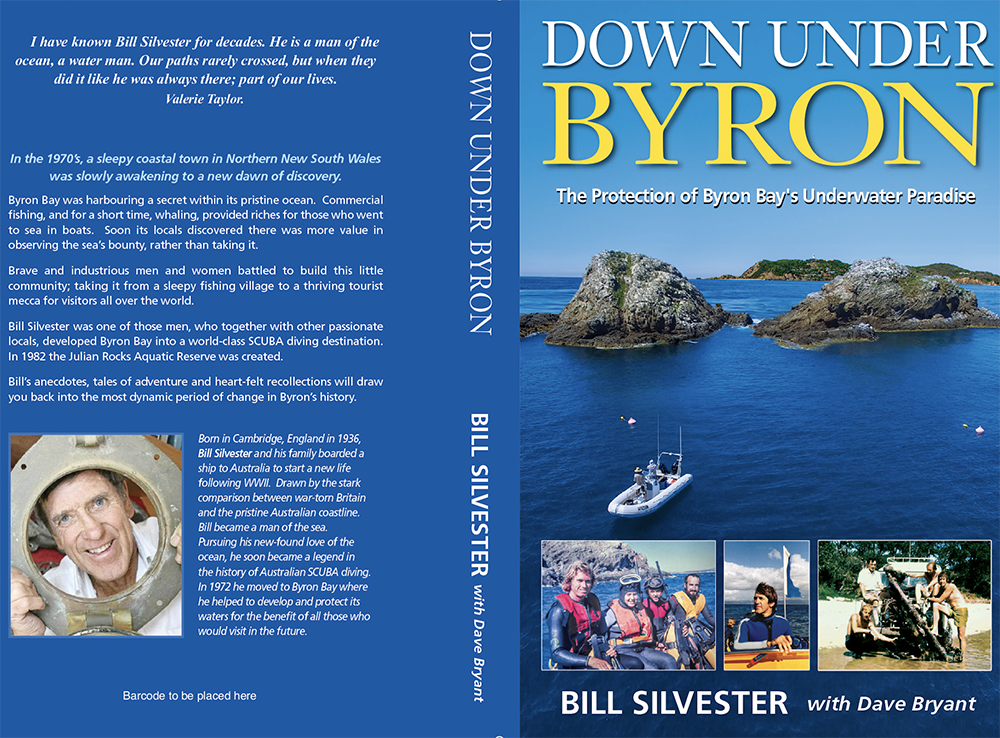
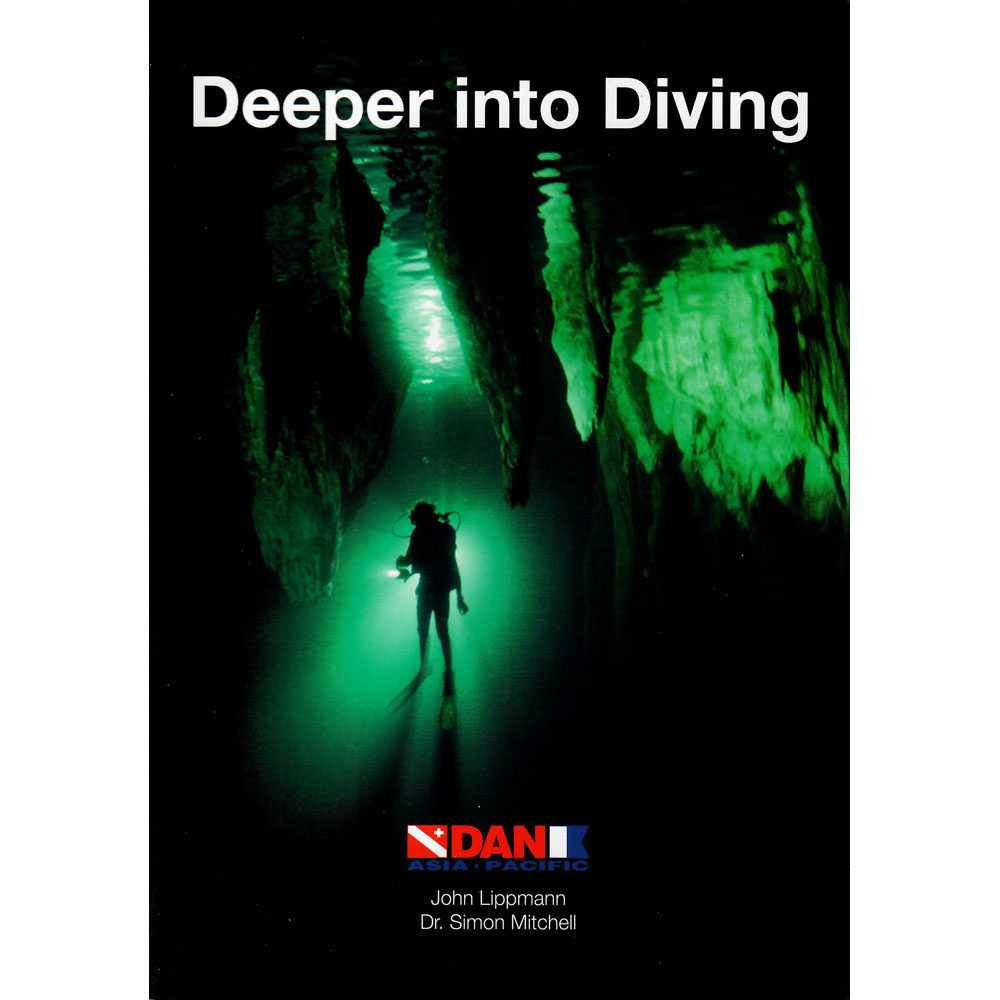
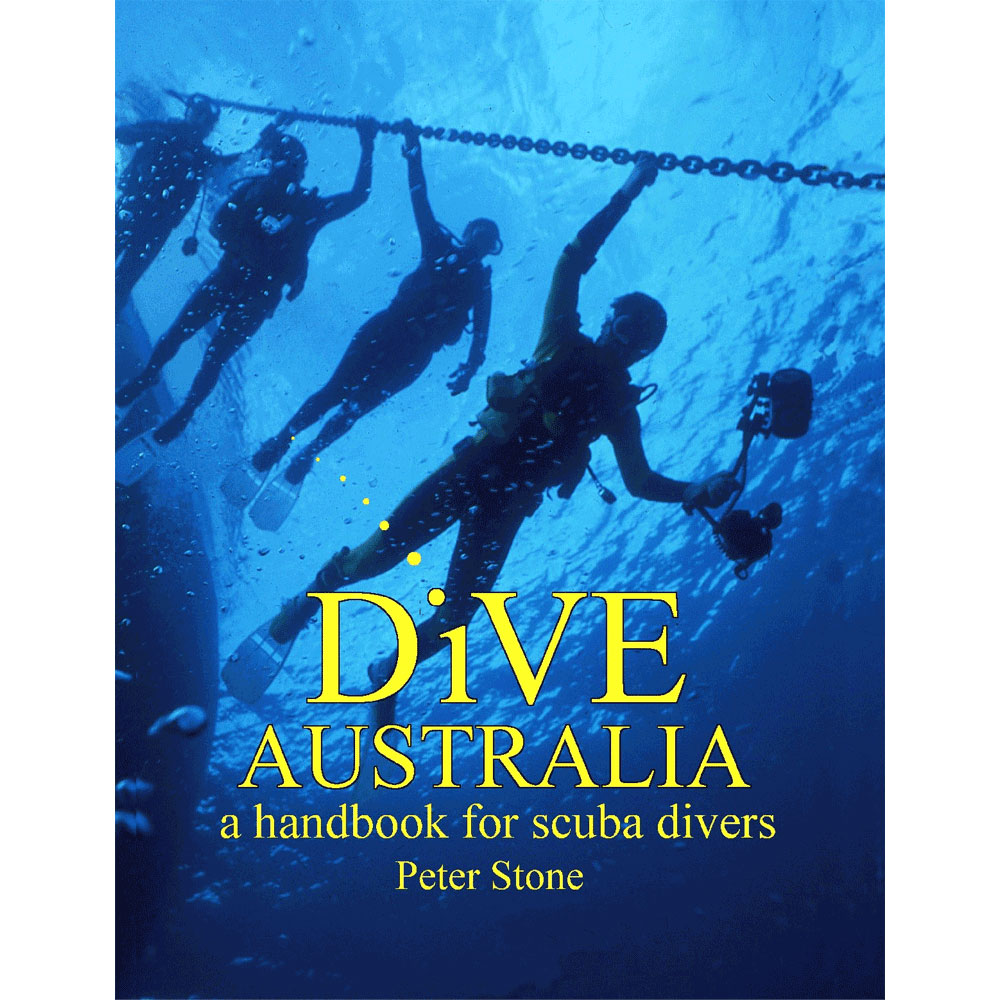
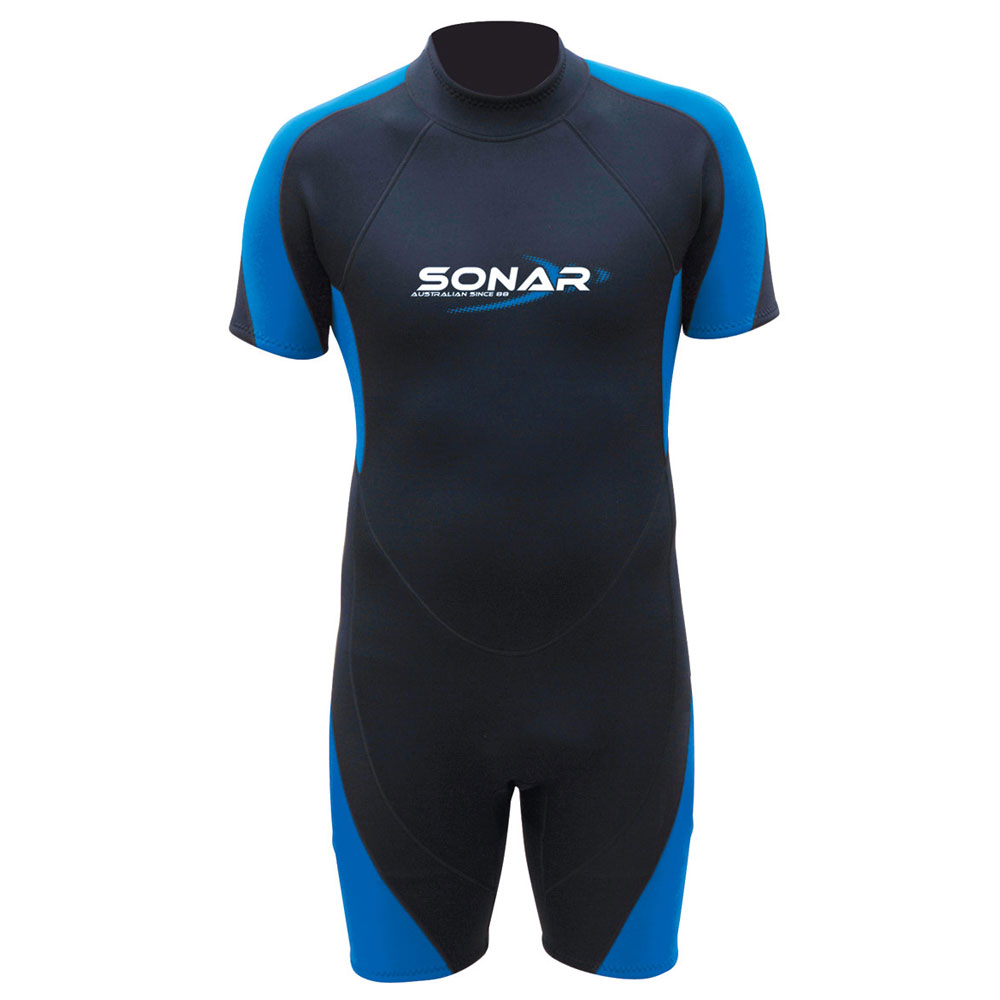
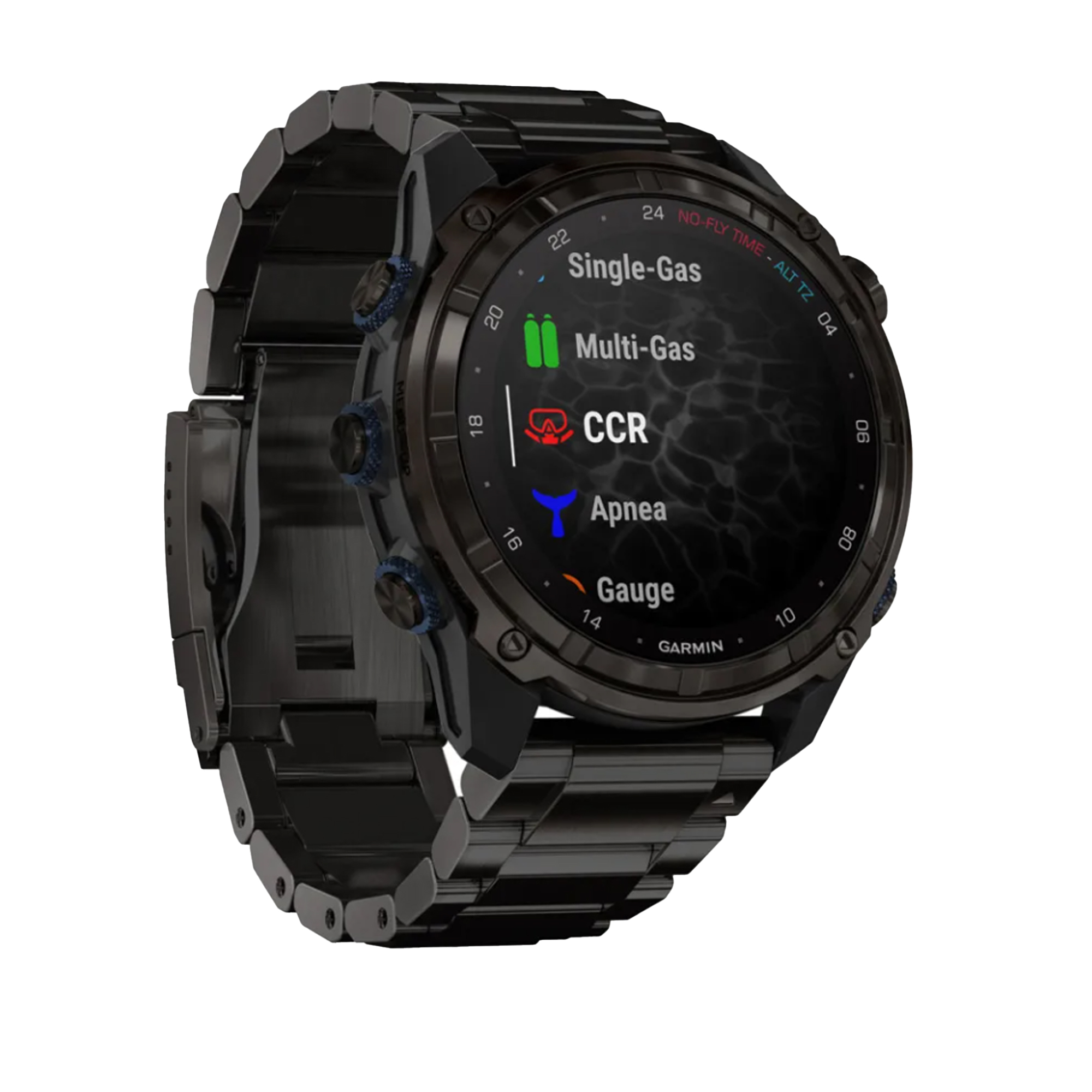

![Halcyon Infinity 30lb System [SS Small Backplate] Halcyon Infinity 30lb System [SS Small Backplate]](/diveshop/images/halcyon/Halcyon-Evolve-Wing.jpg)




















































































































